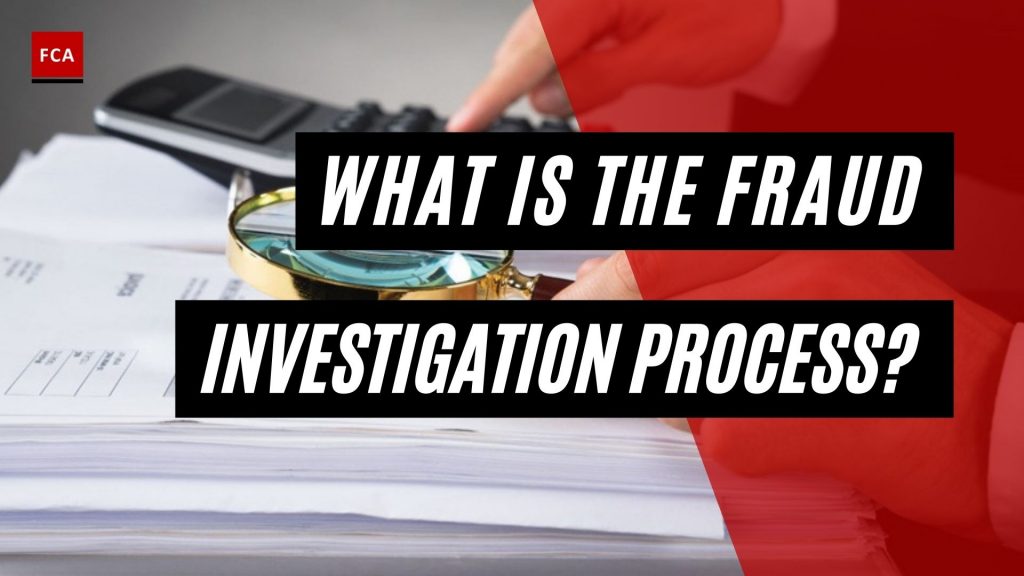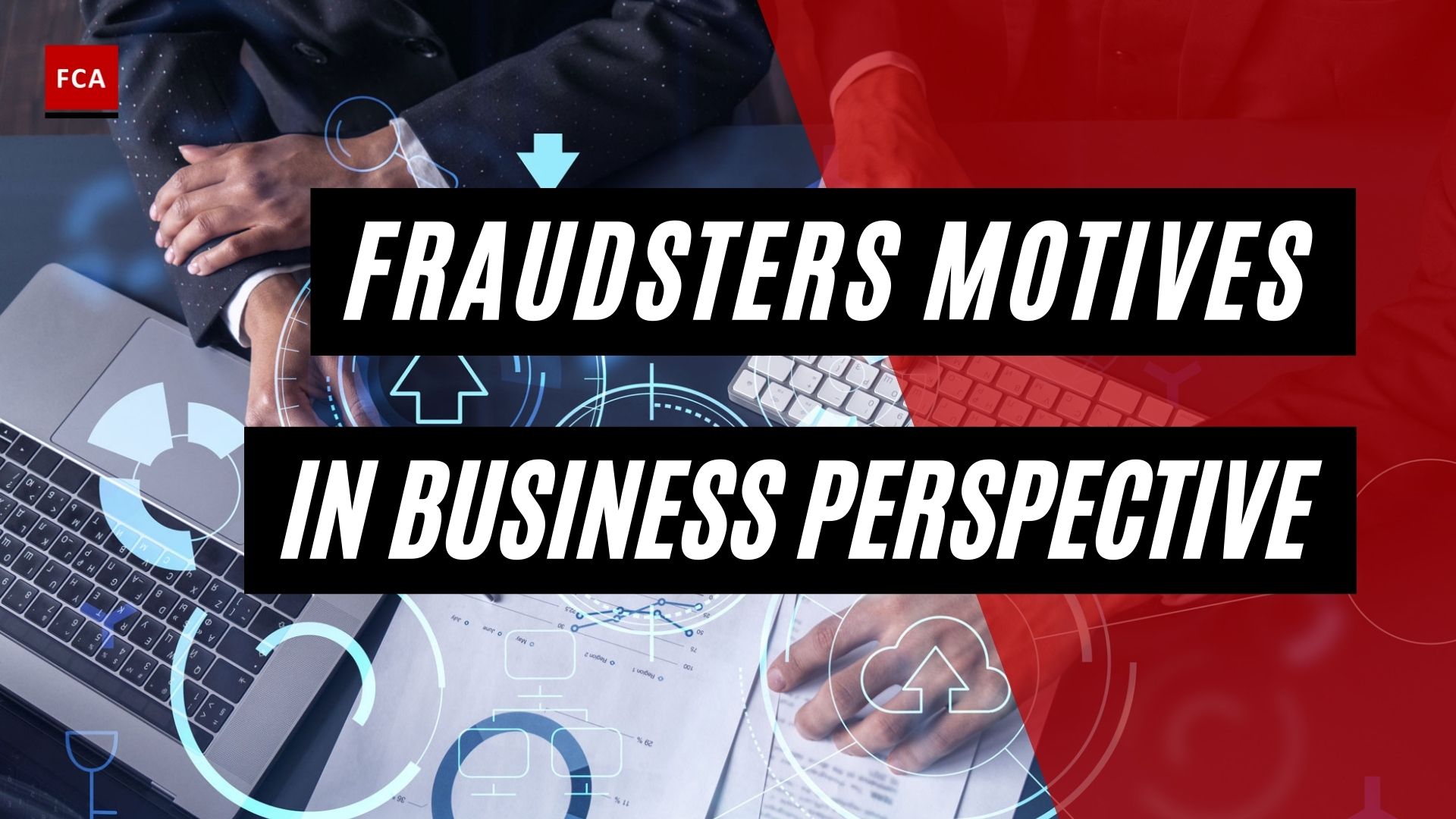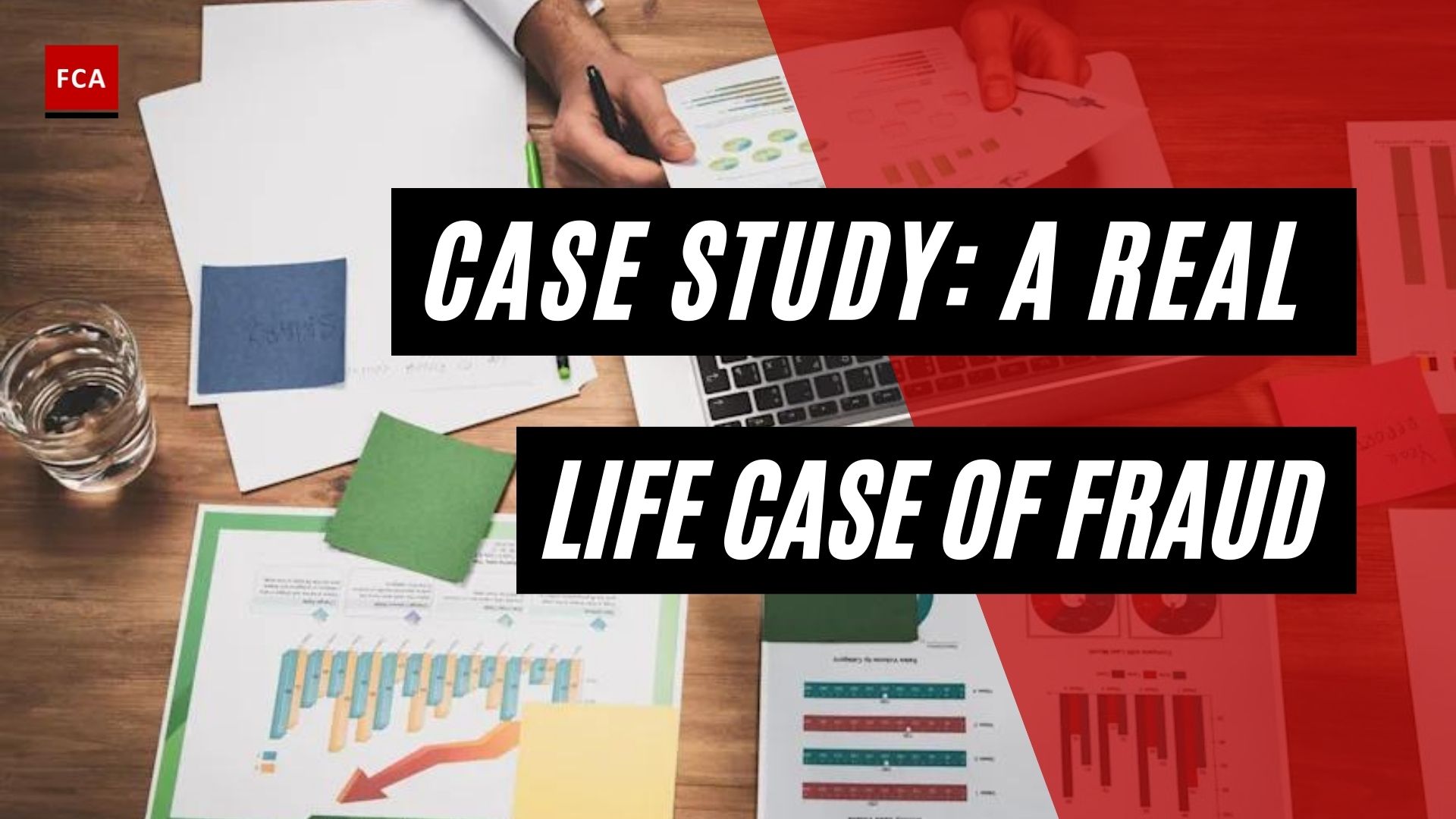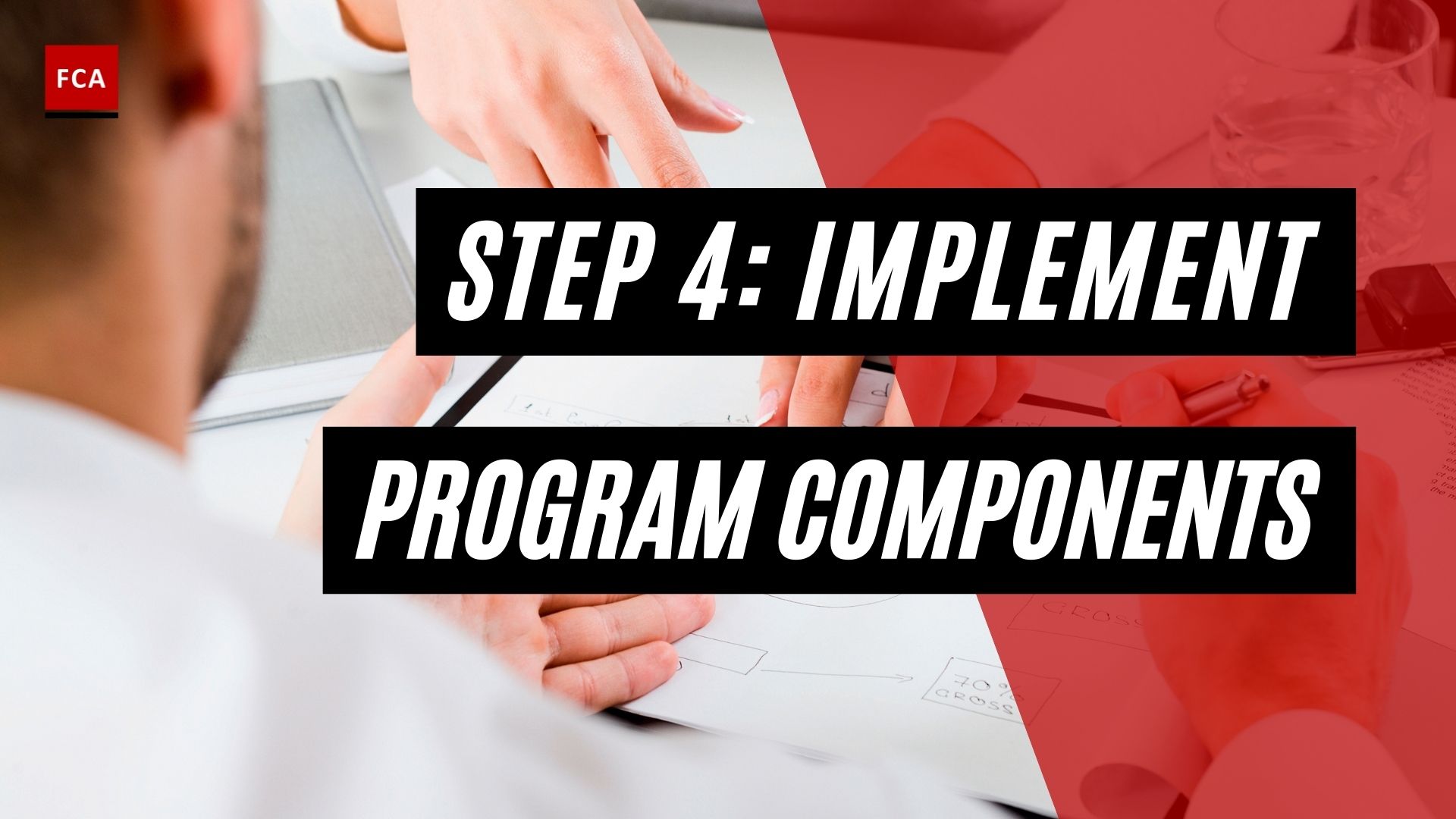Imagine a scenario where a large corporation discovers that millions of dollars have vanished from its accounts due to an elaborate fraud scheme. The stakes are high, and the company must act quickly to prevent further financial loss and reputational damage. Understanding the intricacies of fraud investigations is crucial in such situations.
In this blog post, we will delve deep into the world of fraud investigation processes, discussing different types of fraud, the role of fraud investigators, and best practices to ensure a successful outcome.
Key Takeaways
Fraud investigations involve collecting and analyzing evidence to identify fraudulent activity.
Specialized skills and knowledge are necessary for comprehensive fraud investigations, which include gathering intelligence, conducting transaction analysis, utilizing computer forensics & collaborating with law enforcement/regulatory agencies.
Best practices should be implemented to protect an organization’s assets & reputation against fraud.
Understanding Fraud Investigations

Fraud investigations, such as bank fraud investigations, encompass the process of collecting and examining evidence regarding alleged or suspected fraud, including cases of suspected fraud, to establish if deception, theft, or fraud occurred.
Financial institutions, corporations, and individuals can all be affected by fraudulent behavior, leading to significant financial losses and reputational harm.
Types of Fraud
Fraud can take many forms, from corporate fraud to health care fraud and bank fraud investigations. Corporate fraud, for instance, involves activities undertaken by an individual or company that are dishonest and illegal. These activities often involve complex methods designed to deceive, including manipulated financial data, inflated profits, and misleading investors. Healthcare fraud, on the other hand, involves filing dishonest healthcare claims to turn a profit. It includes practices such as billing for services not rendered, upcoding services and medical items, and rendering unnecessary services.
Bank fraud investigations deal with cases where someone attempts to defraud a bank of funds. This can range from check fraud to credit card fraud, wire fraud, and mortgage fraud.
Other Examples of Fraud
Other examples of fraud include insurance fraud, identity theft, and fraud claims in expense reporting. Insurance fraud involves acts committed with the intent to obtain a fraudulent outcome from an insurance process, while identity theft involves the deliberate use of someone else’s identifying information, usually for financial gain. Fraud claims in expense reporting, on the other hand, involve dishonest claims for expenses that were not incurred or were not for the purpose of the business.
Investigating different types of fraud allows investigators to determine the most effective approach to each case and prevent fraudulent activity.
The Role of Fraud Investigators
As a fraud investigator, one is responsible for:
Collecting and evaluating data connected to purported or potentially illegal activity, such as corporate fraud, to determine whether deception or theft has taken place
Possessing a unique set of skills, including impartiality, curiosity, skepticism, and diligence
Having in-depth knowledge of finance or related experience
They use their expertise to navigate complex investigations and obtain accurate, reliable results.
Key Components of the Fraud Investigation Process

The fraud investigation process typically involves several key components, such as:
Engaging both internal and external parties with appropriate expertise
Gathering intelligence
Conducting transaction analysis
Applying computer forensics
Each part contributes to the overall success of the investigation by ensuring relevant information is collected and analyzed, and innocent people are protected.
Investigative Intelligence and Analysis
In fraud investigations, gathering and analyzing information about suspects and entities involved in potential fraud cases is of utmost importance. Investigators identify critical connections and patterns that may suggest fraudulent activity by assessing:
Ownership structure
Directors’ profiles
Bankruptcy records
Internal controls
Early Case Assessment (ECA) can also provide valuable insights at the outset of a fraud investigation, helping investigators focus on the most pertinent evidence.
Transaction Analysis
Transaction analysis plays a pivotal role in fraud investigations, as it helps:
Identify fraudulent activities
Estimate financial losses
Analyze the activities of professional fraudsters
Calculate the estimated losses and damages incurred by their fraudulent acts
Forensic accountants are essential in conducting transaction analysis for fraud investigations.
However, transaction analysis may prove challenging when fraud suspects possess a high level of expertise in accounting or an in-depth understanding of the company’s internal controls and financial system.
Computer Forensics
Computer forensics is a critical resource in fraud investigations, as it facilitates investigators in accessing and analyzing electronic evidence stored in personal computers or information devices. The field of computer forensics involves utilizing investigative methods to identify and preserve evidence from a computer device.
Computer forensics is an integral part of fraud investigations.
Investigators can reveal critical digital evidence, which may be key in identifying and prosecuting fraudsters, by using computer forensics techniques. This evidence could include anything from suspicious emails and fraudulent financial documents to incriminating images and text messages. The digital footprints left behind by fraudsters often provide investigators with the necessary leads to uncover the truth.
In addition, computer forensics can also help in tracing the money trail, which is crucial in fraud investigations. These techniques not only help in identifying the perpetrators but also play a significant role in recovering the lost assets.
Building a Fraud Department

Establishing an effective fraud department is crucial for organizations to handle fraud incidents, gather information, and develop strategies for successful investigations. A well-organized fraud department can monitor employee activities, investigate fraud incidents, and develop strategies that address reported fraud incidents.
An effective fraud department continually optimizes its processes and better protects the organization from financial losses by following an effective operating model and using fraud detection tools and technologies. This department, often composed of a team of highly skilled professionals with a keen eye for detail, operates with a proactive approach to detect, prevent, and mitigate fraudulent activities. They employ cutting-edge technologies like AI and machine learning for real-time fraud detection and predictive analysis.
They also stay abreast of the latest fraud trends and regulatory changes to ensure the organization’s defenses are always one step ahead.
Moreover, they collaborate closely with other departments and external entities, fostering a culture of transparency and shared responsibility towards fraud prevention.
Through regular training and awareness programs, they ensure that all employees are equipped with the necessary knowledge to identify and report potential fraud, thereby reinforcing the organization’s commitment to maintaining a fraud-free environment.
Gathering Initial Information
The process of gathering initial information is an essential step in planning a fraud investigation. Investigators should consult the whistleblower or auditor who initially uncovered the fraud and conduct interviews with relevant individuals, such as reporters, the suspect’s manager, colleagues, friends, and family members.
Collecting this initial information, along with analyzing financial records and other available sources, helps investigators determine the scope of the fraud and identify potential perpetrators.
Developing and Implementing Strategies
Developing and implementing strategies for fraud investigations are crucial for assessing the fraud incident and successfully closing the fraud case investigation.
A well-defined strategy ensures that all relevant information is collected and analyzed without unnecessary duplication and that the investigation proceeds in a productive and efficient manner.
Investigators increase the likelihood of recouping losses and reduce the risk of losing crucial evidence by formulating and executing a sound strategy.
Asset Discovery and Recovery
Asset discovery and recovery is the process of identifying and cataloging all assets, both physical and digital, associated with a network or organization, and may necessitate criminal or civil actions to achieve recovery through confiscation orders, compensation, damages, or other means, especially in cases of intellectual property theft.
This process is essential in fraud investigations, as it helps organizations recoup losses and hold responsible parties accountable for their actions.
Asset Search Techniques
Various asset search techniques are employed to identify and locate financial holdings and ill-gotten gains that may have been concealed or transferred to evade detection. Potential assets must be investigated for any hidden wealth. These assets may include:
Bank accounts
Investments
Business interests
Personal trusts
Property belonging to close family members or associates
Investigators can uncover hidden assets and better gauge the extent of the fraud by using effective asset search techniques.
Legal Action and Recovery

Legal action plays a vital role in recovering assets and achieving financial restitution in fraud investigations, including money laundering. By pressing charges against perpetrators, obtaining court orders to freeze assets, and obtaining judgments for damages, organizations can recover their losses.
Collaboration with law enforcement and regulatory agencies is essential in ensuring a successful legal outcome and holding responsible parties accountable for their actions, especially when responsible parties refuse to cooperate.
Best Practices for Fraud Investigations
In order to maximize the effectiveness of fraud investigations, it is crucial to adopt best practices, such as leveraging technology and collaborating with law enforcement and regulatory agencies.
Investigators can streamline the investigation process, reduce costs, and enhance the accuracy of their findings by using technology and partnering with relevant authorities.
Utilizing Technology

Employing technology in fraud investigations is highly beneficial, as it enables investigators to:
Organize and optimize the process
Leverage tools such as case management software and eDiscovery technology
Make the investigation process more efficient and cost-effective.
However, it is crucial to ensure that technology is used in compliance with applicable laws and regulations to avoid potential legal ramifications.
Collaboration with Law Enforcement and Regulatory Agencies

Collaborating with law enforcement and regulatory agencies is a critical aspect of successful fraud investigations. By maintaining close working relationships with relevant authorities, investigators can coordinate efforts, exchange information, and ensure adherence to laws and regulations.
Additionally, law enforcement agencies may provide training and education on fraud prevention and detection, further enhancing the overall effectiveness of fraud investigations.
Summary and Conclusion
In conclusion, understanding the fraud investigation process is critical to preventing financial losses and protecting reputations. Organizations can better prepare themselves to deal with potential fraud cases by exploring the various types of fraud, understanding the role of fraud investigators, and learning about the key components of the investigation process.
Fraud investigations can be conducted more effectively and efficiently by adopting best practices and collaborating with law enforcement and regulatory agencies. Ultimately, the knowledge and strategies shared in this blog post can serve as a valuable guide for organizations looking to safeguard their assets and reputations against the threat of fraud.
Frequently Asked Questions
In this section, we address some of the most frequently asked questions about fraud investigations. These questions and answers are based on the information provided throughout this blog post and offer further clarification on specific aspects of the fraud investigation process.
What is the fraud investigative process?
The fraud investigative process involves several key steps, including:
Gathering initial data
Formulating and executing strategies
Conducting investigative intelligence and analysis
Performing transaction analysis
Utilizing computer forensics
Each of these components is vital to the overall success of the investigation, as they ensure that all relevant information is gathered and analyzed, and innocent individuals are safeguarded.
What is the goal of a fraud investigation?
The primary goal of a fraud investigation is to ascertain whether a fraud has taken place, the manner in which it was perpetrated, the persons involved, and the amount of money lost.
Organizations can safeguard their assets and reputation, and hold responsible parties accountable for their actions through a thorough investigation.
What are the steps when dealing with fraud?
When dealing with fraud, it is important to first identify the potential fraud through data analysis, interviews, and document reviews.
Next, gather the necessary evidence and analyze it to determine the scope of the fraud and identify potential perpetrators.
Lastly, recover assets and achieve financial restitution by taking appropriate legal action, which may include filing claims to insurance companies, using asset search techniques, and pursuing criminal prosecution or civil litigation.
What are the elements of a fraud investigation report?
A fraud investigation report should cover several key components. This includes:
Investigative approach
Pertinent facts and analysis of the evidence
Determination
Suggested corrective action
In order to ensure the highest quality, an expert investigation report should be prepared by a professional with extensive experience in the field of fraud investigation.
All these details need to be included for a successful investigation report. In the report, maintaining thoroughness and objectivity is vital. This involves presenting all relevant information and avoiding any conclusions on legal matters.
A well-prepared fraud investigation report can serve as a critical tool in recovering losses, holding responsible parties accountable, and preventing further fraudulent activity.








